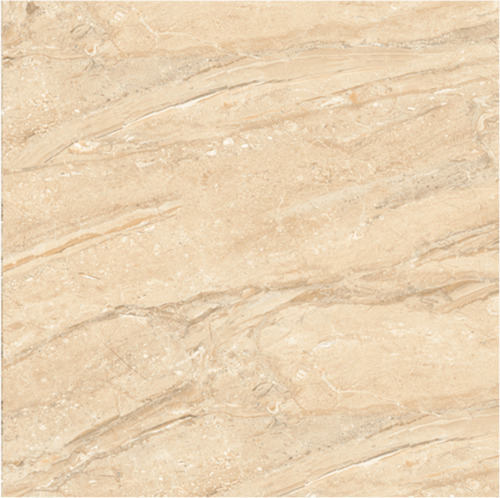Project Report For Vitrified Tiles Manufacturing
Introduction
Project report for Vitrified Tiles Manufacturing is as follows.
Vitrified tiles are made from a combination of clay and silica. This fused material is heated to high temperatures, giving it its distinct texture. It has the appearance of a glass surface and is non-porous. Furthermore, unlike ceramic tiles, these tiles do not require additional glazing.
The four types of vitrified tiles are full body, glazed, double charge, and soluble salt. Full body tiles are the best because their colour consistency and thickness are consistent. They’re meant for high-traffic areas.
The colour coats the entire tile, not just the top, when full-body vitrified tiles are manufactured. By using this technique, the tile is coloured uniformly throughout, covering up any scratches. It is advised to use full-body vitrified tiles in high-traffic areas.
If you like patterns, glazed vitrified tile designs are the way to go. Soluble salt variants, on the other hand, are relatively inexpensive and suitable for you if you’re on a tight budget.
Double charged vitrified tiles are well-known for their durability and ease of maintenance. They are also ideal for high-traffic areas such as kitchens and living rooms.
In soluble vitrified tiles, liquid colour screen printing is done on the tile prior to burning. Soluble salts are used to permeate the surface of the vitrified tile in order to add colour, patterns, and designs.

Cleaning tiles is a simple task. Tiles do not require as much attention and do not need to be cleaned on a regular basis. It is much easier and less time-consuming to maintain than other types of floors. They will look pristine if you simply clean them with a mop once a week (for low traffic areas, weekly mopping may not even be required). This can be improved with Lithofin products, which aid in the maintenance of stone, porcelain, and vitrified tiles.
Project Report Sample Of Vitrified
Tiles Manufacturing
Get Completely Custom Bankable Project Report
One of the main drivers fuelling the constantly expanding market for vitrified tiles in the building sector. The strong demand for vitrified tiles, which are utilised in the walls and flooring of both residential and non-residential structures, significantly affects that demand. They are typically used in place of floors made of marble and granite. In addition, rising incomes from economic growth, rising populations, and urbanisation have increased the demand for structures in many countries, leading to notable growth for the vitrified tile sector.
Project Report For Vitrified Tiles Manufacturing’s Market Potential
The market for vitrified tiles was valued at $448.6 billion in 2020; by 2030, it is anticipated to grow to $757.0 billion, with a CAGR of 5.0%.
If one were to describe vitrified tile manufacturing, it would be a vast industry that encompasses every product man has ever thought of selling. Manufacturing offers so many opportunities that many entrepreneurs are launching all types of manufacturing businesses in order to capitalise on the industry’s vast potential. The tile manufacturing industry is a growing manufacturing industry right now. Both the business and general consumer sectors require this product, and the demand for it has been steadily increasing for years. One benefit of the tile manufacturing business is that orders for tiles are usually in bulk, which benefits the tile manufacturer.
Expenses

Product Cost Breakup

Reveneue Vs Expenses

Market Trend

What materials does your tile manufacturing business need to use? It may be simpler for you to choose where to get your supplies if you are aware of the materials needed for your tile business. Since there are so many different types of tiles, you can start with the one with which you are most familiar. The creation of vitrified tiles is one instance. You are free to design it whatever you like if the resources are leftover from other businesses, and you could even be able to get your supply of components for a reasonable price. However, the production process for ceramic tiles is influenced by the location of the company.
